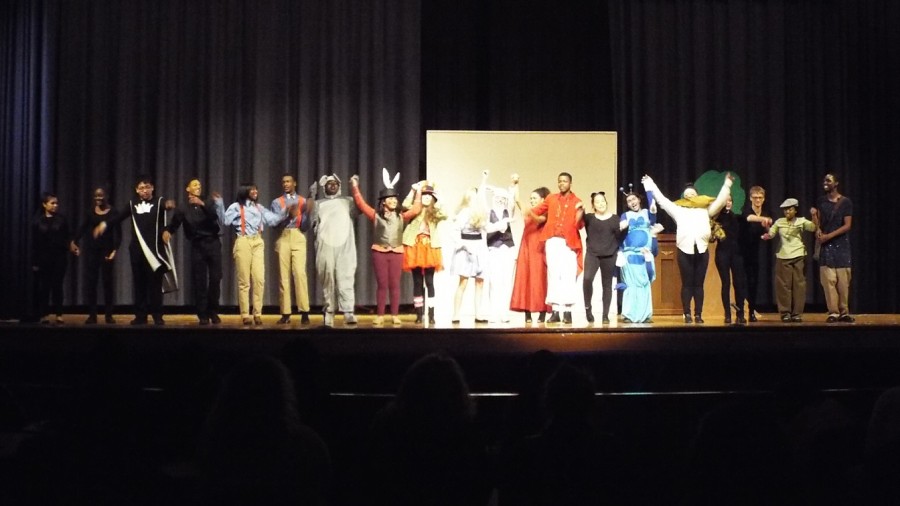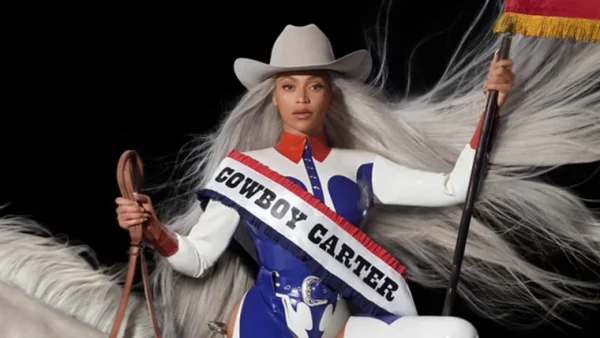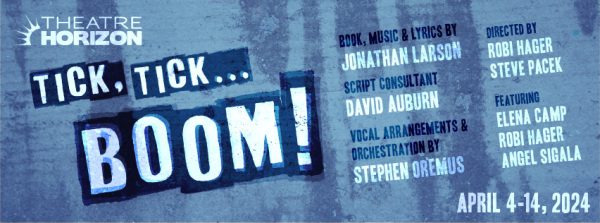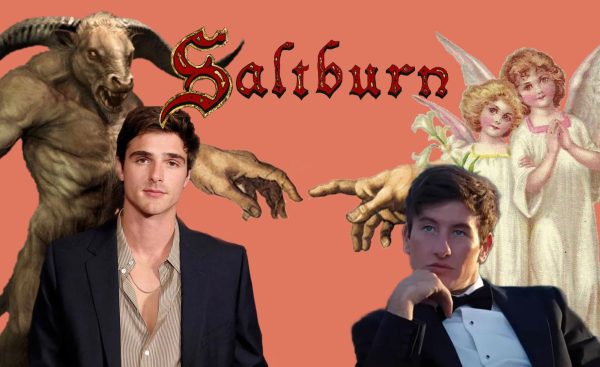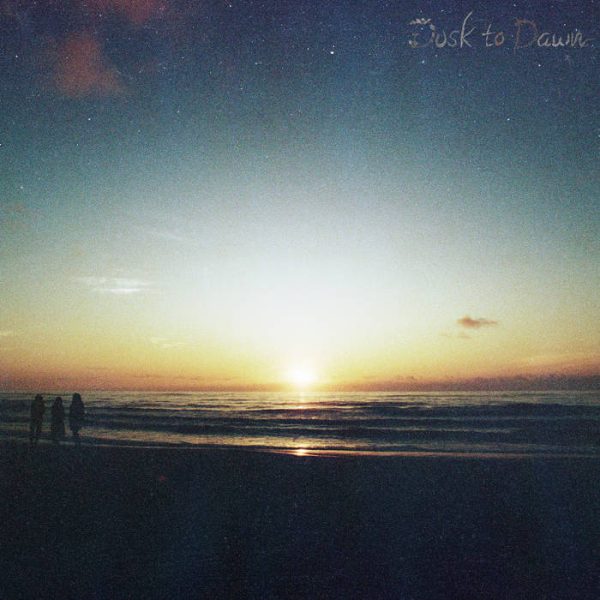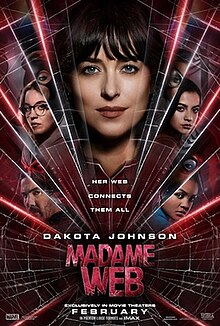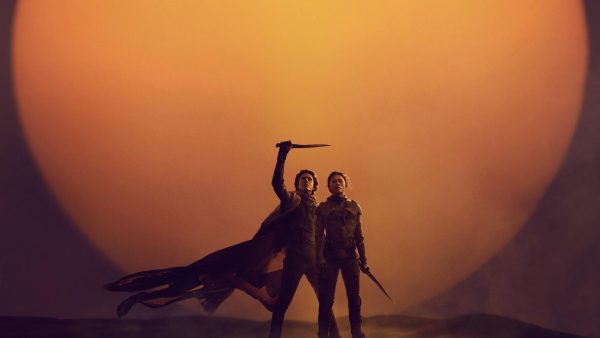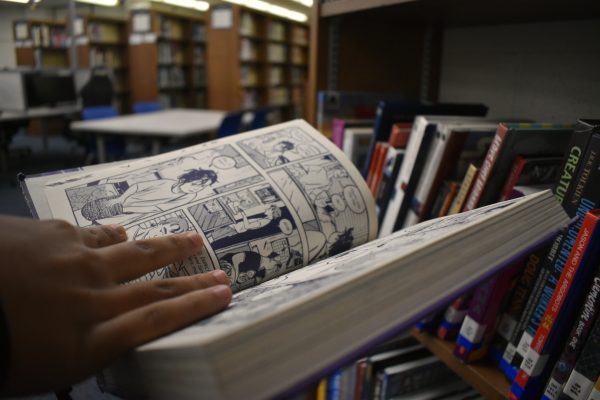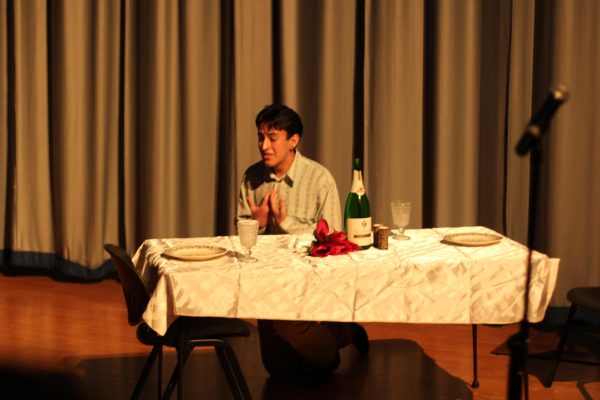Alice @ Wonderland
November 12, 2015
Alice in Wonderland, written by Lewis Carroll in 1865, is a story about a young girl named Alice. Alice falls through a rabbit hole and meets many unusual creatures on the way to the garden to play croquet with the Queen. She follows a white rabbit to a hall full of many doors. Upset, Alice’s tears flood the hall of strange doors. After swimming through her tears, Alice and the other animals wonder how to get dry. All the while, she learns that foods or drinks will cause her to grow or shrink. Later, The White Rabbit appears again to order Alice-whom he called Mary Ann-to get the Duchess’s gloves and fan. However, Alice grows so much that she gets stuck in the White Rabbit’s house, forcing her to eat a shrinking cake. Upon walking, Alice stumbles upon a caterpillar that smokes and begins telling the creature about her identity crisis, so in return the caterpillar reveals that the mushroom they are sitting on can make Alice either taller or shorter. As Alice continues on her journey she meets the Cheshire Cat in the forest. The Cat directs Alice to the Mad Hatters and March Hare’s homes after declaring everyone in Wonderland to be mad. The Hatter, March Hare, and the Dormouse are joined by Alice in their mad tea party. Alice is told riddles and that it’s always 6 pm (or teatime). Finally, in the garden Alice meets the Queen of Hearts and is ordered to play croquet, but is later accused of stealing the Queen’s tarts. In the midst of the trial, she wakes up to find that it was all a dream.
Alice @ Wonderland is a modern version of Alice in Wonderland, telling the tale of a young girl jumping down a rabbit hole in hopes of charging her phone. The plot of the play was very similar to the book with minor changes. One change was that at the word “Wonderland” everyone must dance. This version of Alice had a smartphone, a Facebook account, and wanted to go to the Starbucks inside the tiny door. The Mad Hatter’s teatime changed from 6 to 5 pm. In addition, Alice stumped Humpty Dumpty with words like Google, search engine, and smart phone. Subtle modern things like the mention of Xanax or “help, I’ve Fallen and I Can’t Get Up,” said by the tiny door (played by Victoria Razo) kept the audience on their toes.
Humorous is an accurate description of this play. The actors were not afraid to act silly in front of the audience. Particularly the Mad Tea Party scene stood out as a hilarious part. They really didn’t want Alice to sit with them! Of course who could forget about Tweedledum and Tweedledee? They’re clumsy ways and slight awkwardness makes them unforgettably comical. Although Alice @ Wonderland seems predominately a children’s’ play, plenty adults were very much enjoying themselves.
Alice @ Wonderland came alive with the sound effects and costumes. While Jabberwocky may not sound so scary, the audience could tell it was because of the spooky sounds. The Cheshire Cat moved about in the darkness soundlessly, but the glow coming from the costume showed up perfectly. The fourth wall is broken when an actor breaks character by talking directly to the audience. Dramatic irony occurs when the audience is clued in on something that the characters haven’t figured out yet which is used by the Mad Hatter and March Hare as they told the audience that this was all happening in Alice’s dream. Children will love the quirkiness of it all while the adults will appreciate the cleverness of the breaking of the fourth wall and the dramatic irony. Alice @ Wonderland is truly a play for all ages.

